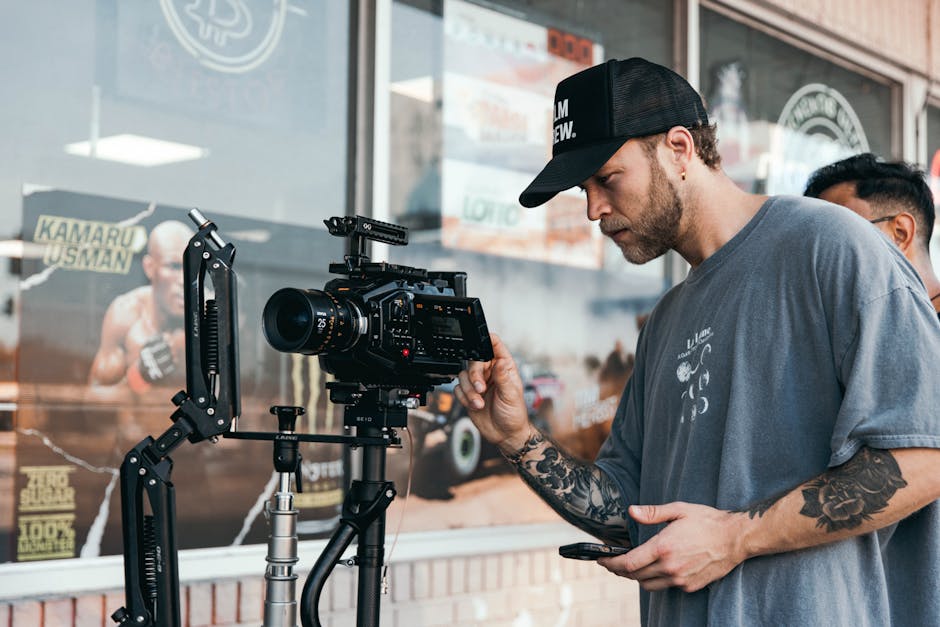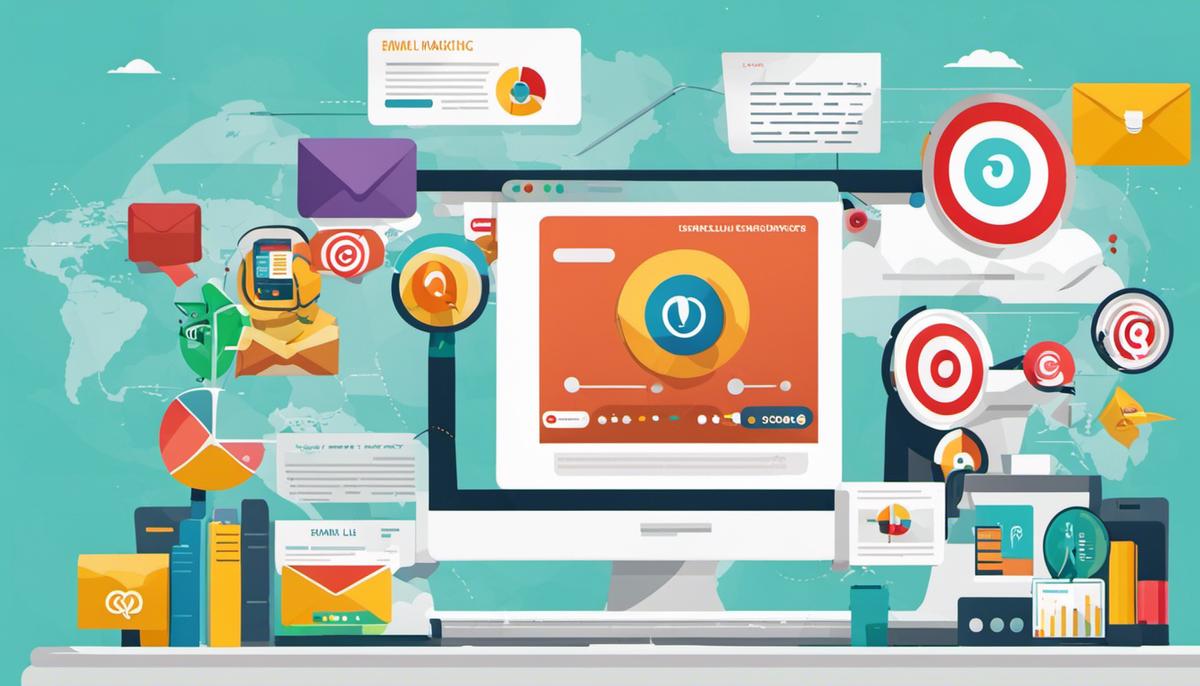Freelancing and Remote Work
To start freelancing on platforms like Upwork, Fiverr, and Freelancer.com, set up detailed profiles showcasing your skills and experience. Build a strong portfolio with examples demonstrating the quality and range of your work. Set competitive rates that match your value, and secure gigs by sending customized proposals.
Maintain good client relationships through:
- Clear communication
- Meeting deadlines
- Exceeding expectations
Payment frequency depends on the platform, ranging from immediate to bi-weekly cycles. Consistently delivering high-quality work leads to referrals and repeat business, helping you maintain a steady income.

Monetize Creative Skills and Content
To monetize blogs, YouTube channels, or Etsy stores, start by identifying your niche and building an engaged audience. Create high-quality, informative content tailored to your audience's interests. Maintain consistency in posting and engage with your followers to foster a deeper connection.
Monetization strategies include:
- Ads and Sponsored Content: Display ads on your blog or join the YouTube Partner Program to monetize via ads. Partner with brands for sponsored content once you have a substantial follower base.
- Affiliate Marketing: Place affiliate links within your content, earning commissions when followers make purchases through your unique links.
- Selling Handmade Crafts: For Etsy stores, produce unique, high-quality products and provide excellent customer service to attract repeat buyers.
Promote your content or products through social media and collaborations with other creators in your niche. Analyze audience insights to adapt your strategies accordingly. Initial earnings may be modest, but with consistent effort and smart monetization, you can build a substantial income over time.

Micro-tasks and Surveys
Platforms like UserTesting, Swagbucks, and Survey Junkie offer opportunities to earn money by completing simple tasks such as surveys, watching videos, and testing websites or apps. To get started, set up accounts with accurate information to match you with relevant tasks.
- UserTesting focuses on user experience testing, paying around $10 for a typical 20-minute test. Completing tasks thoroughly and receiving high client ratings increases your chances of being invited to more tests. Payments are made via PayPal within seven days of completion.
- Swagbucks offers a variety of tasks, rewarding points (called Swagbucks or SB) that can be redeemed for gift cards or cash via PayPal. While compensation per activity is lower compared to professional freelance work, these tasks are quick and easy, making them ideal for filling downtime.
- Survey Junkie specializes in surveys, paying between $0.50 to $5 per survey. Completing profile surveys regularly helps match you with higher-paying opportunities. Consistency in logging in and completing available surveys boosts your earnings over time.
To maximize your income, sign up for multiple platforms, complete profiles honestly, and engage consistently. While micro-tasks and surveys typically don't lead to large incomes, they can provide a steady supplemental income stream with the right strategy.
E-commerce and Dropshipping
To set up a successful online store using platforms like Shopify or WooCommerce, start by selecting a niche based on your knowledge and passion. Conduct market research using tools like Google Trends and Amazon Best Sellers to identify profitable opportunities with unmet demand or room for unique offerings.
Next, choose between purchasing products in bulk from suppliers or adopting a dropshipping model. Dropshipping reduces risk and upfront costs by partnering with suppliers who directly ship products to customers, while purchasing in bulk requires managing physical inventory.
Set up your e-commerce platform, choosing a theme that reflects your brand and inputting product details. Implement automated inventory management tools to track stock levels and avoid overselling. Set competitive prices that cover your costs and desired profit margins.
Develop effective marketing strategies, including:
- Social Media Marketing: Engage potential customers through visually appealing content on platforms like Instagram and Facebook.
- SEO: Optimize product descriptions and site content for search engines to attract organic traffic.
- Email Marketing: Build an email list for targeted promotions and communication with potential customers.
- Paid Advertising: Invest in Google Ads or social media ads to drive traffic to your store, especially during initial stages.
Ensure profitability and long-term sustainability by focusing on customer satisfaction, offering quality products, prompt customer service, and easy return policies. Gather and respond to customer feedback to improve your offerings and foster repeat business.
Continuously evaluate market trends and adapt your products and marketing strategies accordingly. Monitor key performance indicators (KPIs) to guide efforts and investments for the best returns.
Setting up a successful e-commerce store requires dedication, adaptability, and a focus on customer satisfaction. Regularly refine your approaches based on data and feedback to turn your venture into a lucrative, sustainable business.

Ultimately, the key to success in any online venture is understanding your audience and consistently delivering quality work. Whether you're freelancing, creating content, or running an e-commerce store, dedication and smart strategies can pave the way for financial success.
- Upwork. Upwork Releases Latest Skills Index, Ranking the 20 Fastest-Growing Skills for Freelancers. Upwork, 2021.
- YouTube. YouTube for Press. YouTube, 2021.
- Shopify. The Future of Ecommerce Report 2021. Shopify, 2021.



